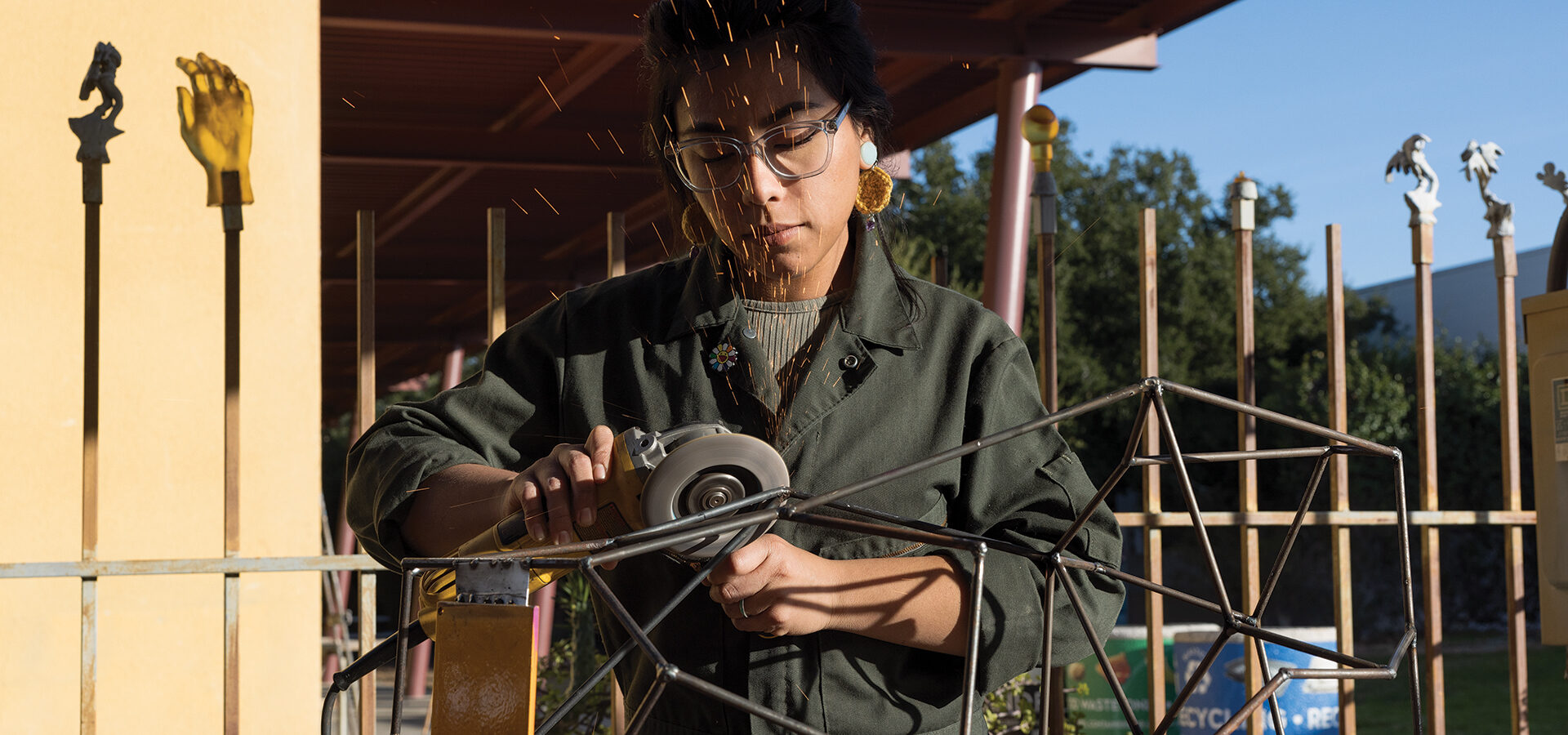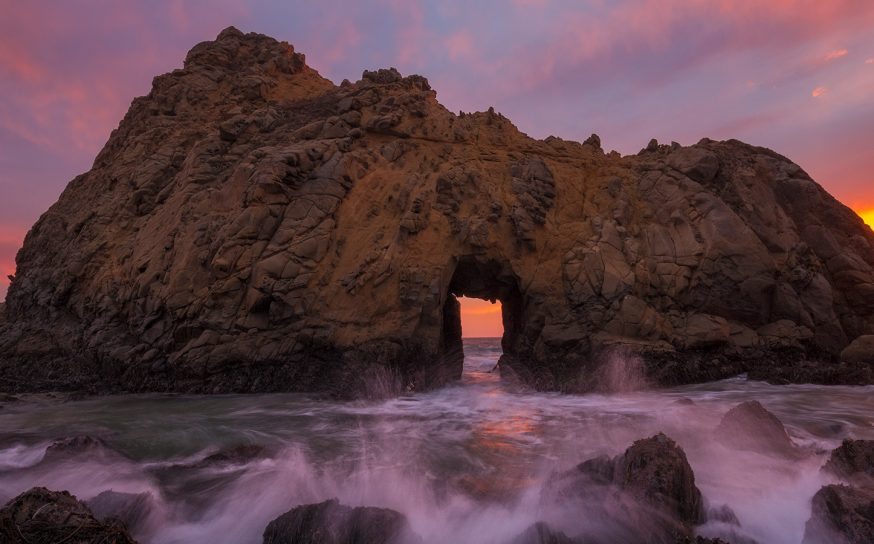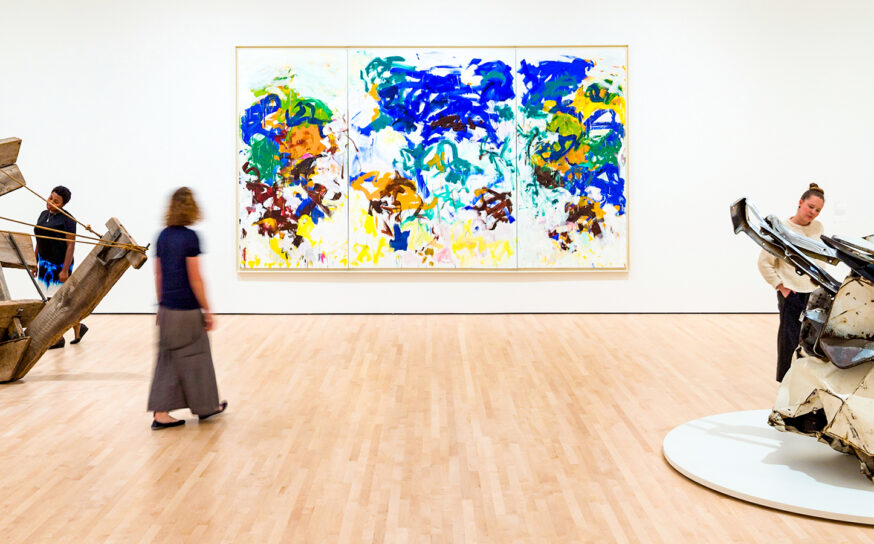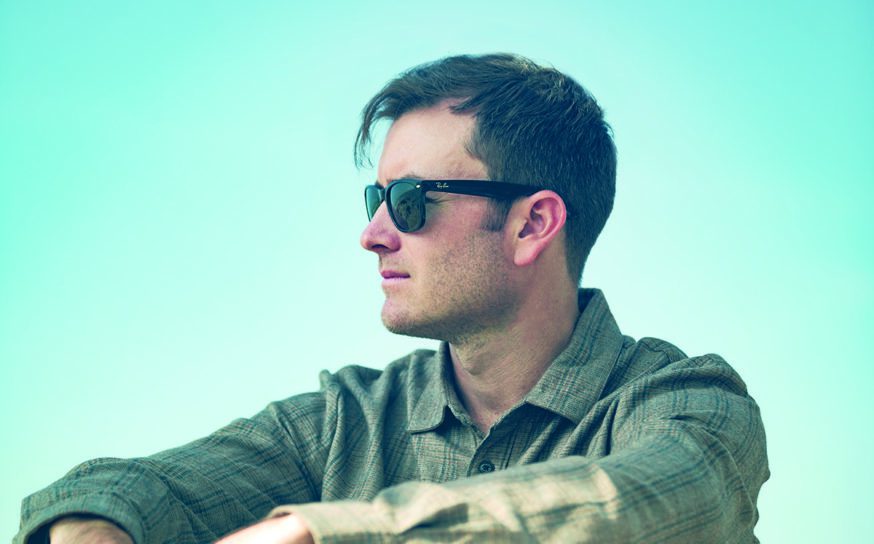California Sculptor Melora Garcia Weaves Family History and Heritage Through Her Creations
The art of layering.
-
CategoryArts + Culture, Visual Art
-
Written byHadley Hall Meares
-
Photographed byMonica Orozco
When asked what she loves about sculpture, the visual artist Melora Garcia’s eyes grow wide, and she breaks out into a cheeky grin.
“It takes up space.”
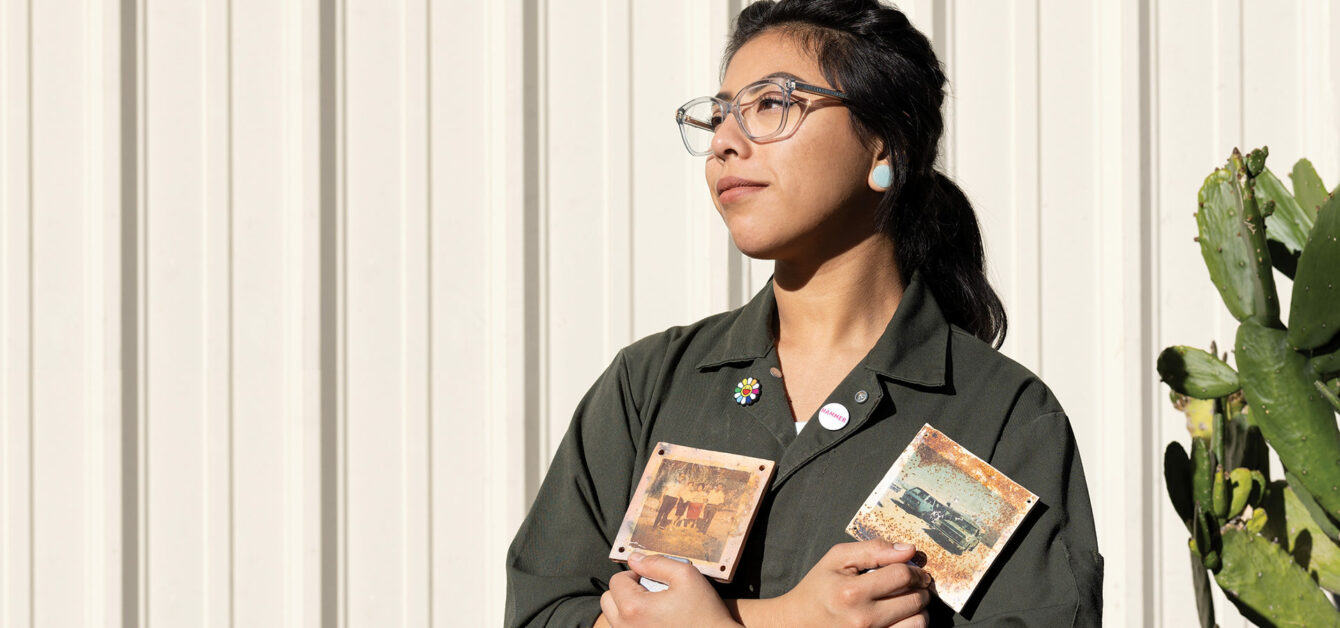
In addition to a sense of humor, Melora is thoughtful and expressive and has intense insights. You might say she is as exuberant and alive as her undulating, multimedia works. “What I like about sculpture is that I’m moving, or I’m able to move,” she says. “And people have to move all the way around my work.”
A native of the Coachella Valley, Melora’s art explores her Pascua Yaqui Native American and Mexican American heritage. “My work involves a gradual layering of material. It deals with the body and loss, specifically family history and memories,” she says. “For me, intergenerational histories get lost through the passing of elders. Part of my practice reimagines and attempts to preserve the stories I have access to. I also hope people feel like they can reimagine their own family history and feel like the majority of the objects around us can be used as art.”
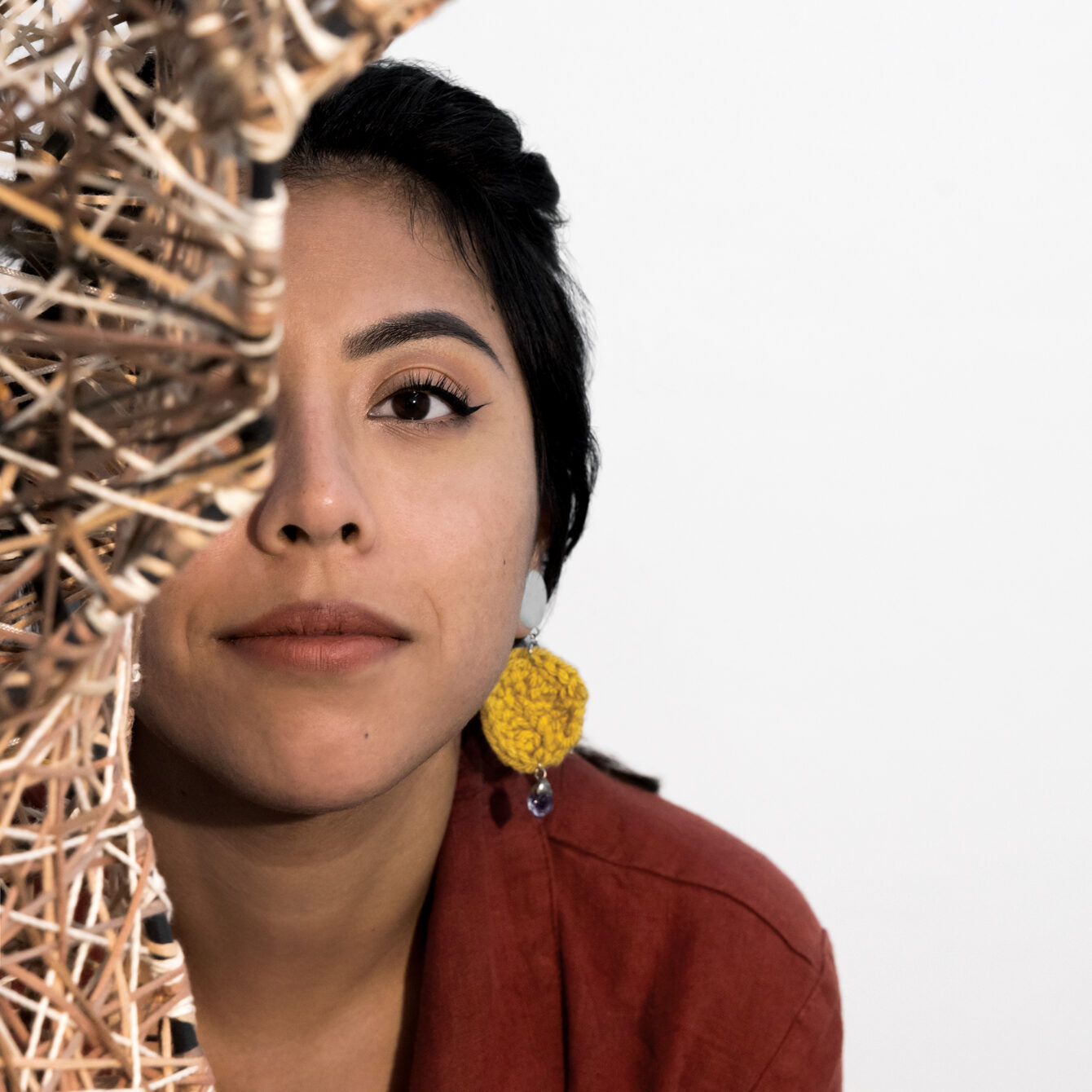
Melora, who is currently working toward her MFA in sculpture at California State University, Northridge, doesn’t limit herself. She works in ceramics, textiles, recycled paper, found objects and welded steel. Welding in particular has become a passion. “It’s hard at first because of the noise and getting the motion right,” she says. “But it’s like being able to build something that can last longer than I can. That metal will last longer than me is really cool.”
She says she has been inspired by Los Angeles-based sculptor and CSUN Central American studies professor Beatriz Cortez. “She’s a really big influence and why I want to continue to weld, like just to be a female who welds.”
In addition to Beatriz, Melora’s artistic community at CSUN includes her advisor, the artist Christian Tedeschi, and his wife, the artist Erika Ostrander. “She is head of the art gallery right now, and she just creates this amazing space for us all,” Melora says. “So does Christian.
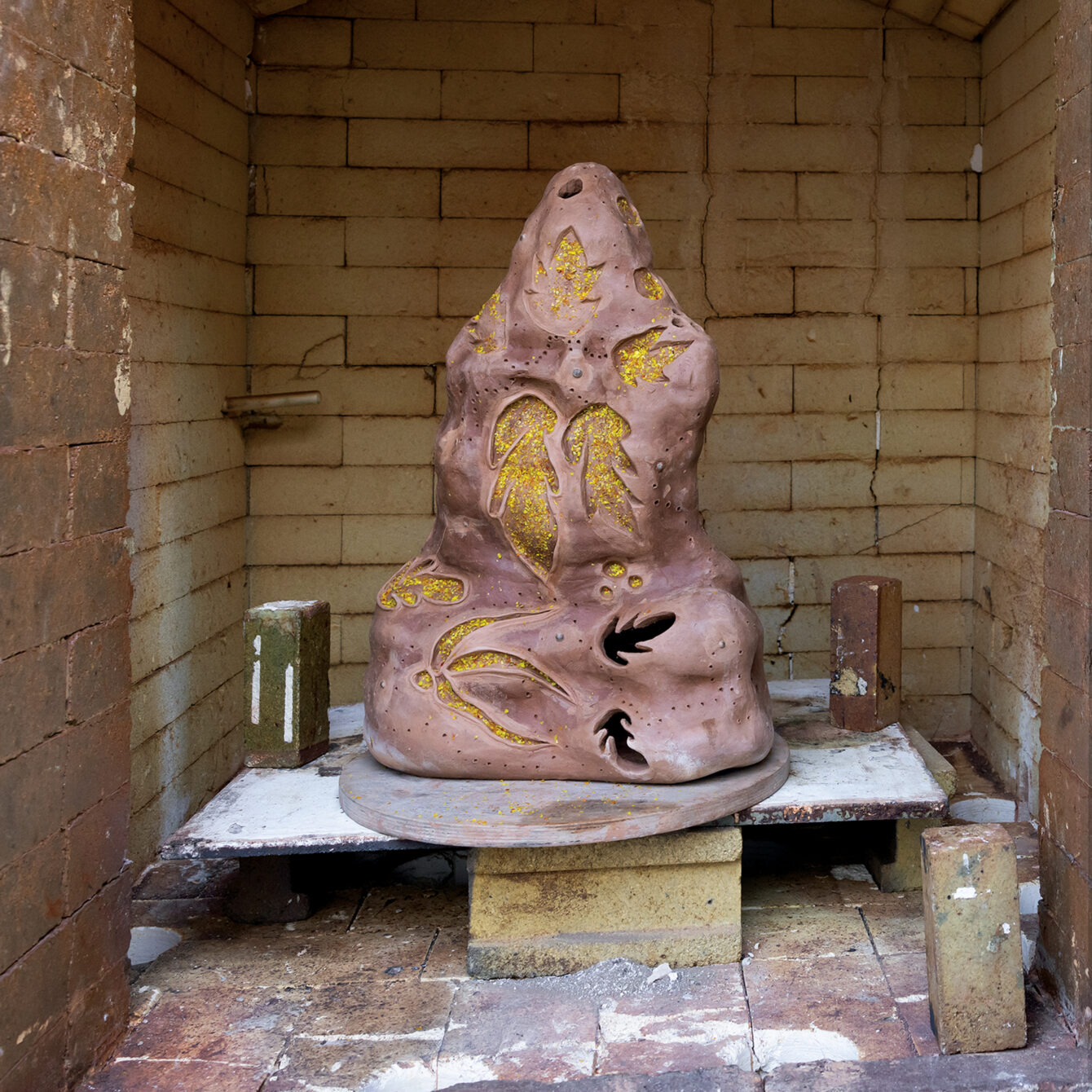
Her art continues to be deeply personal. “I’m working on using my grandmother’s photographs—taking them and finding a way to transpose them with my ceramic work, and then using that in my metal sculptures,” she says. Another sculpture, “Your Skin Is My Favorite Color” (on the cover of this issue), is aimed at connecting people to their own sense of cultural pride. She aspires to have “individuals feel represented in my art and be proud of the color of their skin. I did not always feel that way when I was younger, but I grew into this deep appreciation for my heritage.”
The buzz about Melora is growing. Her work is featured in the Mexicali Biennial’s “Land of Milk and Honey” exhibition at the Cheech Marin Center for Chicano Art & Culture of the Riverside Art Museum, which runs February 25 to May 28. She’s excited about the show. “I love when people look really close at my work,” she says. “I just hope that they leave feeling, very simply, just happy.”
Are These the Best Beaches in California?
A curated list of sand meets surf from one end of the California coastline to the other.
Out of Office: A Day In The Life Of SFMOMA Chief Experience Officer
Sheila Shin talks about her new museum role.
Get the Latest Stories




